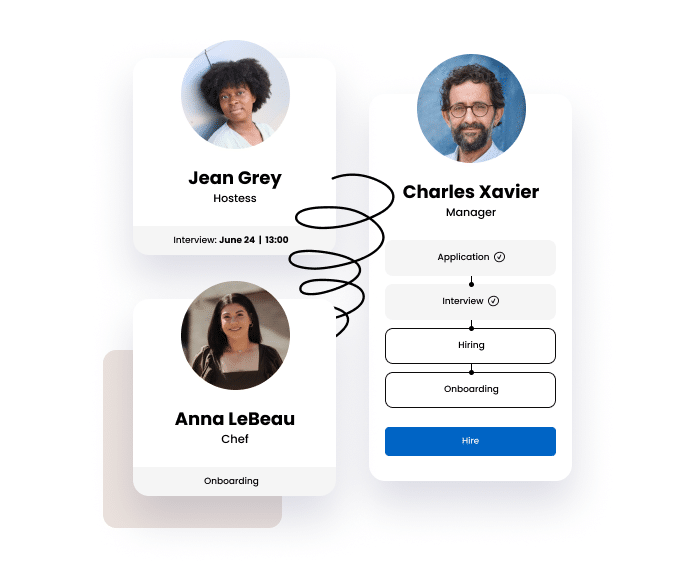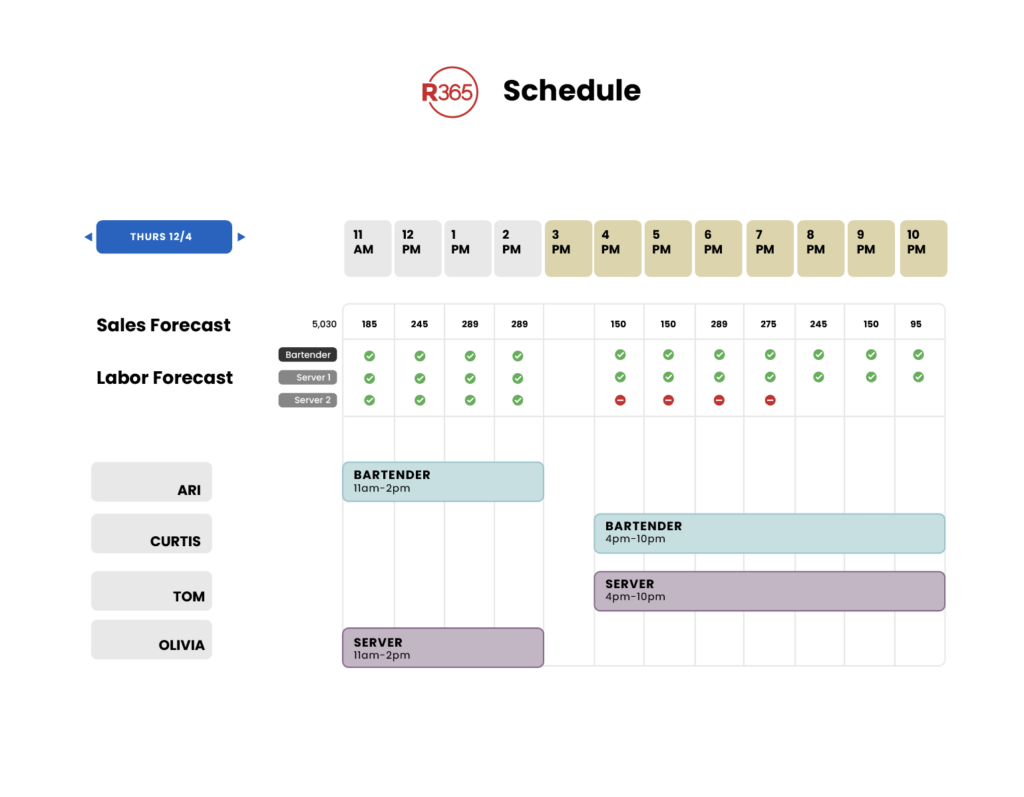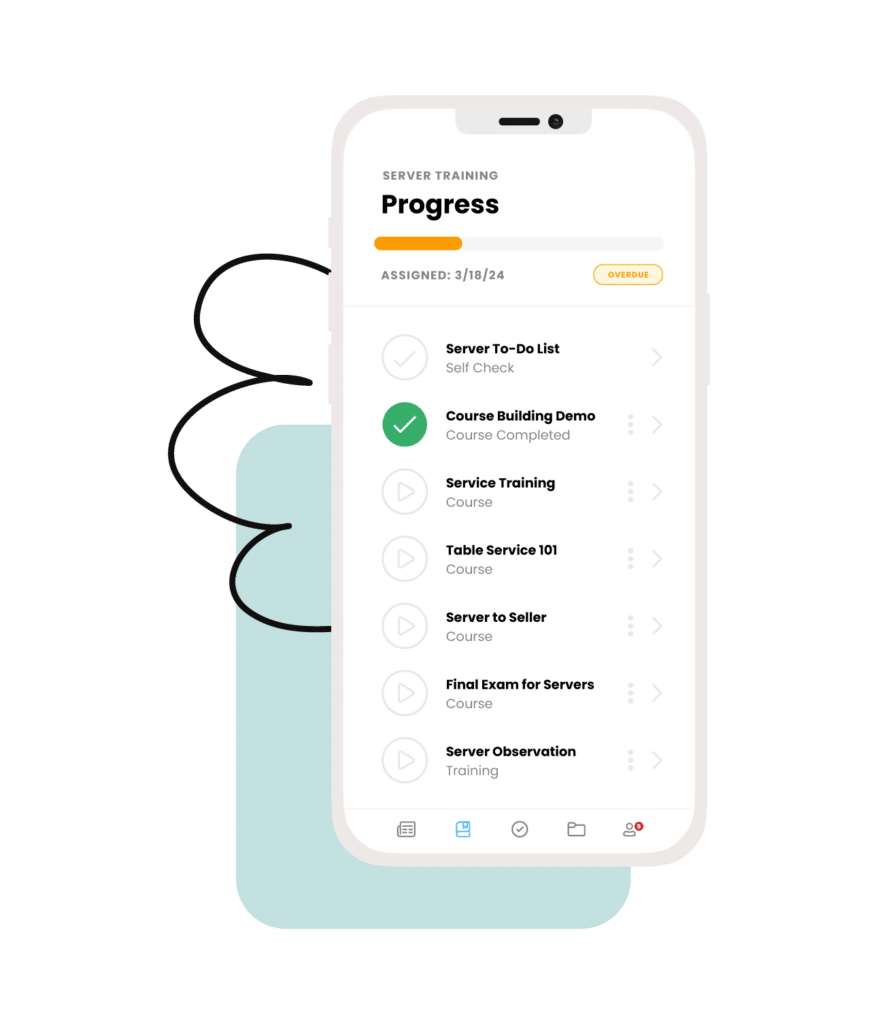By visiting our site, you agree to our privacy policy regarding cookies, tracking statistics, etc.
The restaurant industry thrives on efficiency, precision, and seamless customer service. To achieve these benchmarks, modern restaurants rely on various types of software tailored to address specific operational needs. From managing inventory to enhancing customer relationships, these tools streamline complex processes, saving time and boosting profitability.
Restaurant software encompasses a wide range of applications, each designed to tackle different aspects of restaurant operations. Here’s a breakdown of the most common types and their purposes:
Restaurant management software serves as the backbone of operations. It integrates multiple functions such as inventory tracking, staff scheduling, and reporting. By consolidating these features, it provides restaurant owners with a holistic view of their business, enabling informed decision-making and operational efficiency.
Managing inventory is a delicate balancing act. Restaurant inventory management software helps track stock levels, monitor ingredient usage, and reduce waste. This ensures that you never run out of critical ingredients while minimizing excess inventory that can lead to spoilage.

The point-of-sale (POS) system is the nerve center of any restaurant. Modern POS systems go beyond processing transactions; they handle table management, order tracking, and even customer loyalty programs. They integrate seamlessly with other software, making them indispensable for smooth operations.

Financial transparency is vital for sustained success. Restaurant accounting software simplifies bookkeeping by tracking expenses, revenues, and payroll. Advanced systems provide detailed financial reports, enabling restaurant owners to make data-driven decisions to improve profitability.
Gone are the days of pen-and-paper booking. Restaurant reservation software allows customers to book tables online, often with real-time availability updates. This improves customer experience and helps restaurants manage capacity efficiently.
The kitchen display system replaces traditional paper tickets with digital screens that display orders directly to kitchen staff. This reduces errors, improves communication, and speeds up order preparation, ensuring timely service.
Customer Relationship Management (CRM) software helps restaurants build lasting relationships with their patrons. By collecting and analyzing customer data, these systems enable personalized marketing campaigns, loyalty rewards, and feedback collection, enhancing the overall dining experience.

Online ordering software bridges the gap between restaurants and their digital-savvy customers. It enables seamless order placement via websites or apps, often integrating with POS systems to streamline the fulfillment process.
With the rise of food delivery services, restaurant delivery software has become essential. It manages delivery logistics, tracks drivers, and ensures timely order fulfillment, whether through third-party platforms or in-house delivery systems.

Labor management software optimizes workforce operations by tracking employee performance, managing labor costs, and ensuring compliance with labor laws. It’s a vital tool for restaurants aiming to maximize productivity while minimizing overhead.

Efficient scheduling is critical to maintaining smooth operations. Employee scheduling software simplifies this process, allowing managers to create schedules, manage shift changes, and communicate with staff in real time.

Payroll software automates salary calculations, tax deductions, and benefits management. It reduces errors and saves time, ensuring employees are paid accurately and on time.
Training software helps new employees get up to speed quickly. It provides interactive modules, checklists, and quizzes to ensure consistent and comprehensive training across all roles in the restaurant.

Selecting the ideal software for your restaurant is a nuanced decision, as it depends on the size, type, and specific needs of your establishment. While there are numerous options available, the following standout solutions in their respective categories have consistently proven their value through robust features, ease of use, and scalability.
Restaurant365 offers an all-encompassing solution tailored to meet the demands of multi-location and independent restaurants alike. This cloud-based platform integrates core functions such as inventory tracking, financial management, and workforce scheduling. With detailed reporting and automated processes, it eliminates time-consuming manual tasks, allowing owners and managers to focus on strategic growth. Restaurant365’s ability to centralize operations makes it particularly beneficial for restaurant groups looking to maintain uniformity and efficiency across multiple locations.
Toast stands out as a POS powerhouse built specifically for restaurants. Its intuitive interface and extensive feature set make it ideal for both quick-service and full-service establishments. Toast’s unique tableside ordering capability allows servers to process orders directly at the table, reducing errors and speeding up service. Additionally, its analytics tools provide actionable insights into sales trends and customer preferences. With integrations for online ordering and delivery, Toast also helps restaurants adapt to modern consumer expectations.
Restaurant365’s inventory management module is designed to address one of the most challenging aspects of restaurant operations: inventory control. By providing real-time tracking of stock levels and ingredient usage, it helps reduce waste and prevent over-ordering. Its forecasting tools analyze historical data to predict future inventory needs, enabling smarter purchasing decisions. This software’s integration with accounting and POS systems further ensures a seamless flow of information, improving operational efficiency.
Resy redefines the reservation experience with a platform that’s as easy for customers to use as it is for restaurant staff to manage. Its dynamic table management system optimizes seating arrangements to maximize capacity while minimizing wait times. Resy also provides insights into customer preferences, allowing restaurants to personalize the dining experience. With its robust waitlist management and automated confirmation tools, Resy helps reduce no-shows and streamline front-of-house operations.
Restaurant365 simplifies financial management with tools specifically tailored for the complexities of the restaurant industry. It automates invoice processing, tracks expenses in real-time, and provides detailed profit-and-loss statements. Its ability to integrate with POS and payroll systems ensures that all financial data is captured accurately, enabling restaurants to maintain compliance and improve profitability. For multi-location operations, Restaurant365 consolidates financial data across sites, offering a unified view of performance.
TouchBistro’s Kitchen Display System (KDS) enhances communication between the front and back of house. Orders are displayed on digital screens in real-time, reducing reliance on paper tickets and minimizing errors. Its user-friendly interface allows kitchen staff to prioritize tasks, monitor preparation times, and efficiently manage high-volume periods. The system integrates seamlessly with TouchBistro’s POS, ensuring a smooth workflow from order placement to delivery.
Managing a restaurant team requires precision and organization, and Restaurant365 Workforce Management Software delivers on both fronts. The platform includes features for time tracking, payroll integration, and employee performance analytics. It helps managers identify labor cost trends and ensures compliance with labor laws, such as overtime and break requirements. The software’s scheduling tool simplifies shift planning and allows employees to view and request changes via mobile devices, fostering better communication and engagement.
ChowNow empowers restaurants to maintain control over their online ordering systems without relying on third-party aggregators. Restaurants can customize their own branded platforms, ensuring a consistent customer experience. By eliminating commission fees typically charged by delivery marketplaces, ChowNow enables restaurants to keep more of their profits. Its analytics dashboard provides valuable insights into customer ordering habits, helping restaurants optimize their menu offerings.
Square’s delivery software simplifies the logistics of food delivery, whether you’re using your in-house team or partnering with third-party couriers. The platform offers real-time order tracking and integrates seamlessly with Square’s POS system, ensuring smooth operations from order placement to fulfillment. Its transparent fee structure and user-friendly design make it a popular choice for small to mid-sized restaurants looking to expand their delivery capabilities.
Lightspeed’s CRM software helps restaurants turn customer data into actionable insights. By tracking guest preferences, dining history, and feedback, it enables personalized marketing campaigns and loyalty programs. Restaurants can use Lightspeed to segment their audience based on behavior and demographics, tailoring promotions to drive repeat business. The platform also integrates with POS systems, ensuring a seamless flow of data between customer interactions and restaurant operations.
Absolutely. CRM systems have become integral to modern restaurant operations. By understanding customer preferences and behaviors, CRM software enables restaurants to deliver tailored experiences, foster loyalty, and drive repeat business. In an era where personalization is key, CRM systems are no longer a luxury but a necessity.
See why more than 40,000 restaurants use Restaurant365
The restaurant industry is fast-paced and highly competitive. Leveraging the right software can mean the difference between thriving and merely surviving. From streamlining operations to enhancing customer experiences, these tools are essential for success in today’s digital age. Selecting the best software for your needs requires careful consideration of your restaurant’s goals and challenges, but the right investment will undoubtedly pay dividends in the long run.
Share this blog:
500 Technology Drive, Suite 200
Irvine, CA 92618
Westech 360
8911 N Capital of Texas Hwy
Building 1, Suite 1200
Austin, TX 78759
Restaurant365 bridges the gap between accounting and operations by centralizing all data, helping restaurant operators to become more efficient, accurately forecast, and tackle any challenge or opportunity with speed and accuracy.